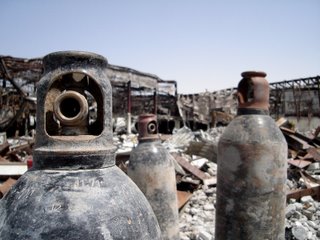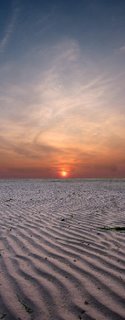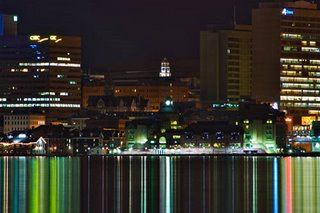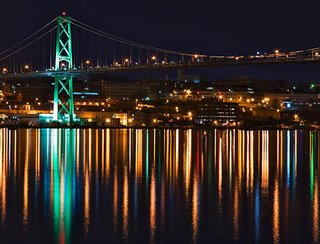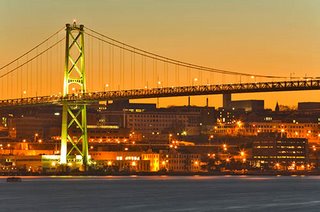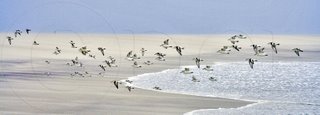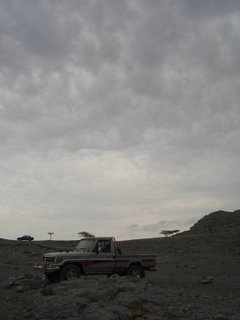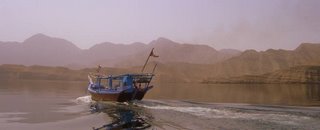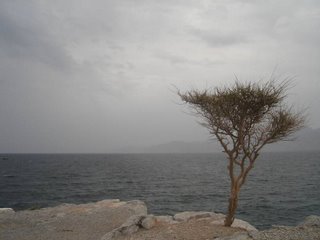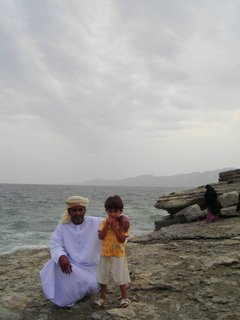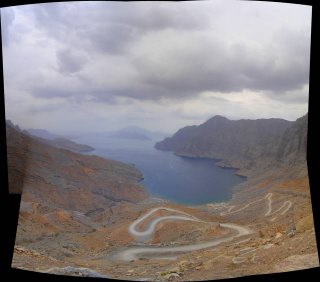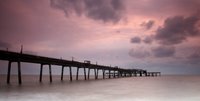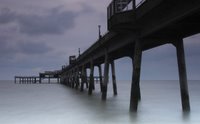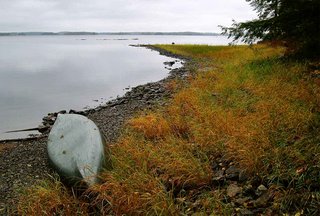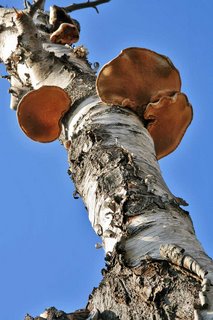To follow is a standard hopefully simple approach to submitting photos and ranking them. Feel free to comment.
Here is a suggestion for a simple standard approach to posting the images. Basically
What is the photo of
When was the photo taken - most importantly the time
Where was the photo taken
Why was the photo taken; what motivated you to take the photo; what was the rational; what did the image say to you
Why was this composition chosen - this allows an insight into the mind of the photographer and why the image was prepared in that particular way
How was the photo taken; describe what equipment you used, how you used the light, the settings you used (basic info such as shutter speed, aperture, ISO, focal length)
How was the photo processed - so what steps were taken in photoshop to process the photo
Ranking
I think it would be good if we could rank the photos but I agree with Grant that we don't want to generate too much work here. So, I am going to suggest some simple categories (this time with more thought) and a scale.
However, ranking photos can remain an option for the user. I will rank photos that I critique but I don't expect the same in return.
I do think though that if we rank a photo it makes us think more about the image and perhaps give it a better critique. It will also force us to give more thought to which photos are posted and hopefully generate more discussion rather than photos. However, I do have a tendency to turn fun things in to work and I want to avoid that here, so I think ranking should remain an option.
There are five categories. Each has a score of 10. The ranking of these photographs is the average of these scores. We should score conservatively because we can expect many photographs over time and for our skill to improve. Thus, we should be aiming for 6's and occasionally 7's. Scores of 8 and 9 should be very rare. A score of 10 implies that the photograph cannot be improved upon.
This is the score board1 - No effort made -not worth the post it sits on
2 - Little effort made - the image shows serious technical defects, eg. overexposed
3 - Poor - likely to have serious shortcomings in technical skill, composition, subject matter, etc
4 - Below average - likely to have only minor shortcomings in technical skill and composition
5 - Satisfactory - in most regards the photo is acceptable but holds little interest to the eye
6 - Average - creates some interest and the technical skill, composition, etc have been competently handled. Few flaws. This is a good, but not outstanding photograph.
7 - Good - a strong image; it's creation (technical skill, etc) has been handled more than competently. This is an excellent photograph.
8 - Outstanding - this is an exceptional image, one that creates excitement and one that you should feel proud of.
9 - Wow - here is the Wow factor. An image of the highest quality.
10 - The picture cannot be improved. Consider yourself a genius.
And these are the CategoriesImpact - this is your immediate impression of the photo. How does it make you feel when you first see the photo. Does it give you a strong feeling of power; does it hold your eye. The score for this category should be immediate. It is your gut feeling.
Composition - Give a photo a high rating if you like the way it looks, if it attracts and holds your attention, or if it conveys an idea well. Consider the following : Is the subject(s) well placed. Has the photographer used the available resources in the image to create a good photograph. Is there a good arrangement of subjects with a symmetry that places objects in the most important areas (e.g., rule of thirds); is there a rhythm to the photo with regards to the color, spaces, moods, etc.
Light/Colour - Has the photographer made good use of the light. Was the photograph taken at the best time of day, under the best circumstances. Does the light add quality to the photo. Consider: Is there an effective balance of colours. Good selection of colour for the subject. Is there a creative use of colour, for example complementary colours, dark against light, strong against weak. Is there dynamic lighting. Does the pattern of light create a strong sense of mood.
Technical skill - this is a broad category. It includes the skill of using the camera/equipment and the skill of using photoshop. Consider: technical skill of using lighting, contrast, colour, the tonal range, focus, sharpness, shutter speed, filter usage, camera position, lens selection. In photoshop consider the use of the different techniques (e.g., levels, curves, etc), whether they have been applied appropriately and whether important steps were missed.
Originality - An original photograph is one that deliberately challenges our normal expectations. Has the photograph dealt with a new subject matter or a new style or approach to taking a genre of photograph (for example, landscape). Has the photographer brought us something new. Technical difficulty may also create originality. Consider: the degree of imagination; how new is the approach; a different style of cropping or use of the subject.
Damian
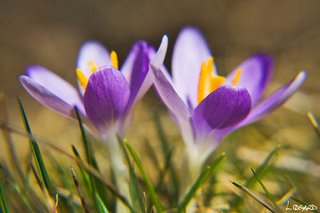 How was the photo taken
How was the photo taken How was the photo taken
How was the photo taken
